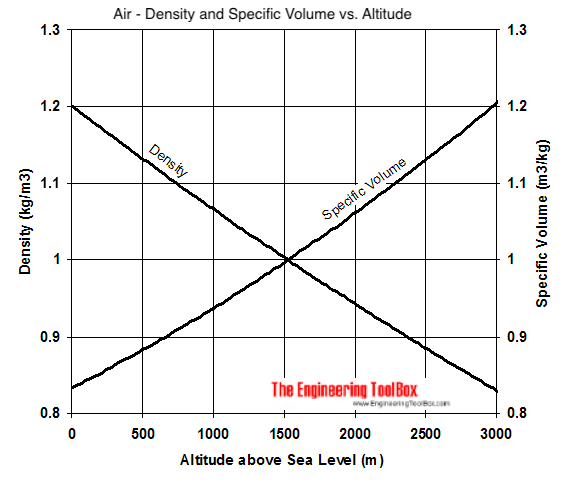
Water vapor near saturation can cause arcing under an intense electric polarization field. Humidity is detrimental to condenser microphone performance primarily when it condenses and short-circuits the membrane to the backplate. Typically, the pressure coefficient of the midband sensitivity is −10 −5 dB/Pa. Thus, a change in ambient pressure has little effect on midband sensitivity but has a strong influence on membrane damping. 2) is inversely proportional and the air layer resistance R A is directly proportional to the air density. As a result, the midband sensitivity of condenser microphones generally has a small temperature coefficient, typically <0.01 dB/☌ over an interval from −50 to +60 ☌. The last increases the membrane damping and is important only near resonance. The first two have compensating effects on the midband sensitivity. Zuckerwar, in Encyclopedia of Physical Science and Technology (Third Edition), 2003 I.A.8 Microphone Performance in Harsh EnvironmentsĪn increase in ambient temperature has three primary effects on condenser microphone parameters: a decrease in membrane tension, normally an increase in membrane–backplate gap, and an increase in air viscosity. From Equation it is seen that the corresponding thrust coefficient, C T, is 8/9 (approximately 0.89).Īllan J. Thus the remaining power in the wind is required to transport the air downstream and away from the rotor disc. If the air were completely stopped and all existing power extracted, the air would have to be accumulated somewhere. An explanation as to why not all power can be extracted is the need to transport the air away from the rotor after the power has been extracted.

Kinematic viscosity of air free#
19 This means that the maximum power is extracted when the wind speed is decreased by 1/3 of the free wind speed in the rotor plane and by 2/3 of the free wind speed in the far wake. This maximum limit is usually called the Betz limit. This means that not all of the existing wind power can be extracted but only 0.593 at the very maximum. (2012) studied analytically and numerically the impact of vacuum pressure levels on the performance of MEMS sensors used in SHM to reduce the damping in resonant structures.Įquation is very important for understanding wind power extraction, because it tells us that the maximum obtainable power from the wind is C P = 16/27 (approximately 0.593) and that this maximum value is obtained for an axial induction factor of a = 1/3.

The squeeze film damping can be mitigated by increasing the gap between two capacitance layers, reducing the horizontal size of the freely moving microstructure layer, making holes in the freely moving microstructure layer to allow air to pass more readily, or by reducing the atmospheric pressure ( Vinokur, 2003). The authors propose that the nonlinearity associated with Reynolds number is the explanation for this discrepancy. (2010) discuss the discrepancy between the actual measurement ( c ~ 1/ h where h is plate thickness) and the lubrication theory ( c ~ 1/ h 3). The damping due to the fluid squeezing between two plates is modeled using Reynolds lubrication theory ( Oppenheim et al., 2003a).

Squeeze film damping occurs in microstructures separated with a narrow band, and is caused by the air resistance under vibration of a freely moving microstructure layer due to air viscosity. Ozevin, in Sensor Technologies for Civil Infrastructures, 2014 10.3.3 Squeeze film damping


 0 kommentar(er)
0 kommentar(er)
